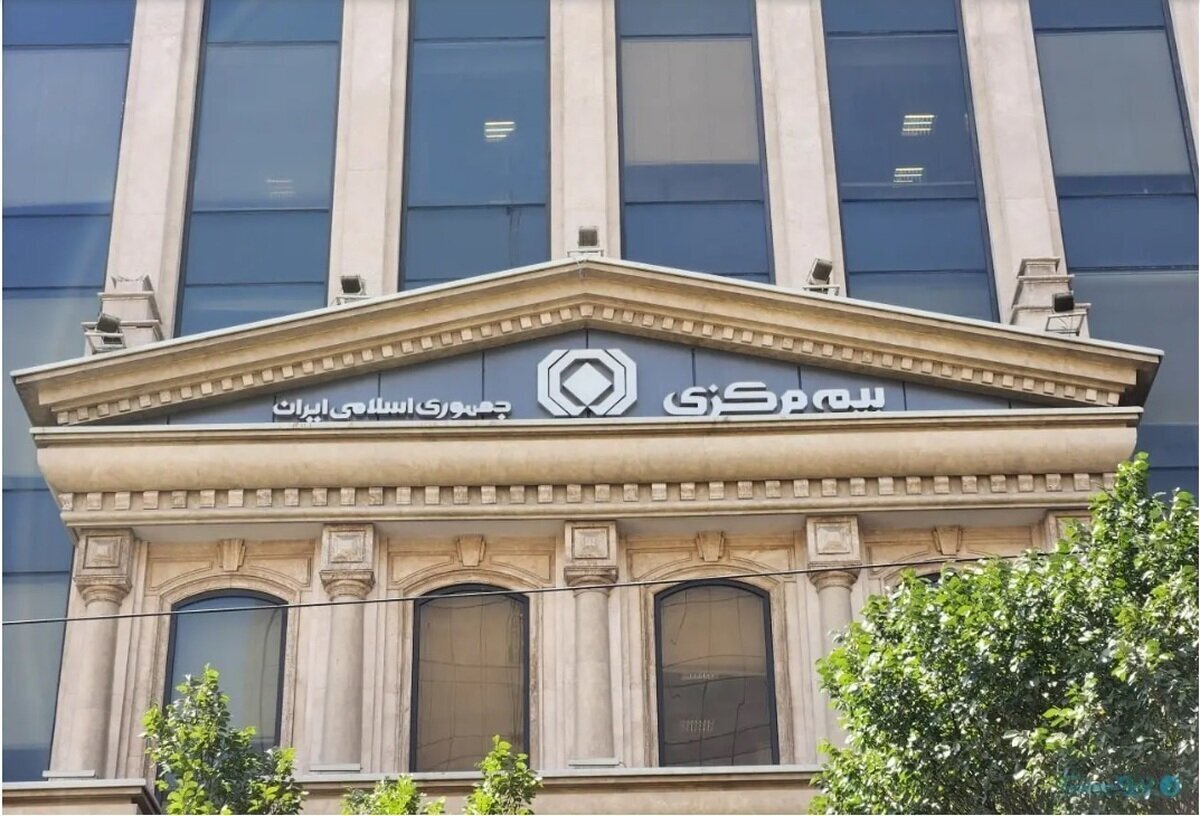true

Keynote address by HE Abdalla S. El-Badri, OPEC Secretary General, to the Middle East & North Africa Energy 2012, Investing for the Future in Turbulent Times, Chatham House, London, U.K, 30-31 January 2012.
Ladies and gentlemen:
Let me begin by thanking Chatham House for inviting me to speak about the Middle East and North Africa – MENA.
With an estimated population of more than 300 million people, the countries of the MENA region have a great diversity of people, languages and cultures. They also have many things in common, which has given them a strong sense of identity.
Some call the MENA region the “cradle of civilization”. Three of the worlds major religions began there. And it has certainly played an important role in history.
But I am not here to talk about religion or ancient history. I will leave that to someone else. I would like to speak about OPECs Member Countries in MENA – their role in the energy balance and their importance to the rest of the world.
The MENA Region
The MENA regions geographic position – and its abundant natural resources – have given it immense strategic importance. And its circumstances have become closely linked to the stability of the rest of the world. This is why it should always be kept in a state of peace and tranquillity.
Unfortunately this has not always been the case. Recent events have illustrated how delicate things are. Unrest of different sorts has spread across the MENA region for months – and this has affected oil supply levels.
Thankfully, the enormous effort of OPECs Member Countries – eight of which are located in the MENA region – has helped to mitigate the impact on oil supplies.
In fact, many of OPECs Members in the region are strategic trading partners with the rest of the world, especially as key suppliers of oil.
Their overall resource endowments speak to their importance.
OPEC Member Countries in MENA together have 840 billion barrels of proven crude oil reserves.
They also have around 80 trillion cubic metres of proven gas reserves.
This represents about 58% and 43% of global totals, respectively.
For most of these countries, oil and gas also form the backbone of their economies and trade.
Last year, oil alone accounted for more than one-third of their combined GDP.
And represented more than two-thirds of their total exports.
These exports are absolutely critical since their revenues are essential to meet the social and development needs of OPEC countries.
The amount of oil supplied daily to the market by OPEC Members in the MENA region is also substantial.
In 2011, they produced around 23.1 million b/d.
This is more than 90% of all oil production in the entire MENA region.
The MENA region is obviously critical to satisfying the worlds energy needs. This is why any uncertainty in the region is likely to have a serious global impact.
The Global Economy
But today the world cannot afford any uncertainty. The lingering effects of the 2008 global economic crisis continue to negatively affect some of the worlds biggest economies.
Economic conditions in the US remain weak – though we are seeing some positive signs, which we hope will continue.
There is also persistent high unemployment across OECD countries.
More importantly, there is the ongoing sovereign debt crisis in the Euro-zone, where nine countries recently had their credit-ratings downgraded. If this situation continues without a solution, it may end up affecting the global economy dramatically.
Then there is the risk of a slow-down in the biggest developing countries, which is also weighing on global prospects.
Even in China, GDP growth slowed in the last quarter of 2011 and is expected to slow further during the first quarter of 2012.
Global Demand
But despite this economic uncertainty, our data show long-term growth in energy consumption.
In our World Oil Outlook, OPEC sees global energy demand increasing under all scenarios – with primary global energy demand to 2035 doubling in the Reference Case.
Fossil fuels are seen as making up 82% of this by 2035, having fallen slightly from 87% today. The dominant growth here is expected to be demand in non-OECD developing countries.
In OPECs Reference Case, we see overall oil demand going from 88 mb/d in 2011 to 93 mb/d by 2015 – reaching around 110 mb/d by 2035.
Around 80% of this projected increase will occur in developing Asia.
No increase, however, is expected from OECD countries in the long-term to 2035.
The key to this future oil demand growth will be the transportation sector in non-OECD countries, which will account for 88% of the demand increase to 2035.
Domestic Demand
Another source of rising oil demand is growing domestic demand in the MENA region.
In fact, some countries in the region have some of the fastest growing energy demand in the world. And domestic consumption of crude oil – primarily for power-generating purposes – has increased in several countries.
Of course, these countries realize that with local energy consumption rising, they need to find ways to expand and diversify their energy supplies. Otherwise, this may negatively affect their oil exports.
Some OPEC countries in MENA are already exploring for more oil and gas. Others are developing recent gas discoveries.
But countries are looking at other alternatives, too – including solar, wind and even nuclear power – to meet rising domestic energy consumption.
If the problem of satisfying domestic energy demand while also keeping crude export levels is left without a solution, it could seriously affect some MENA countries.
Investments
With energy demand growing both in MENA and developing Asia, the importance of maintaining upstream energy investments is clear.
In fact, an estimated $525 billion in oil, gas and electricity generation are seen over the next four or five years across the entire MENA region.
More specifically, in OPECs Member Countries in MENA, we can see a strong commitment to upstream investments in crude oil, NGLs and GTLs.
Our Members in the MENA region are expected to invest around $200 billion in 83 upstream projects through 2015.
This is expected to result in an estimated net increase of liquids capacity of about 4.6 million b/d.
In addition, downstream investment projects across the entire MENA region continue to point to the growing importance of oil and gas products.
Capital requirements for the oil and gas downstream, for example, across the entire MENA region are expected to be in the range of $207 billion.
This is seen as adding 1.4 mb/d to the regions overall refining capacity through 2015 – with the majority expected to come from new grassroots projects, as well as several expansion projects.
OPECs Role
By maintaining their overall commitment to energy investments in the oil sector, OPECs Members are not only safeguarding their oil revenues. They are also taking steps to ensure global supply.
OPEC Member Countries – which produce two-fifths of global crude supply – will continue to strive to meet consumer demand while ensuring market stability. Through OPEC, they will also continue to use production allocations or any other means to respond to the market and ensure its stability.
At the last OPEC meeting in December, our Members agreed to produce an average of 30 million b/d in 2012 – unless something drastic happens to disrupt the market.
But there are other actions that our Members have taken to ensure supply and stability.
The growing use of Enhanced Oil Recovery techniques, for example, has helped many of them increase their proven reserves, keep older oil fields productive and be better prepared to respond to supply emergencies.
But ongoing coordinated efforts are needed to make sure that global supply is balanced and that the market is stable. Any situation of oversupply, for example, would be detrimental to the industry – and could lead to the adverse situation we faced in the 1980s.
Oil Companies
There is also an increased collaboration between our Member Country National Oil Companies (NOCs) and the worlds International Oil Companies (IOCs). And many things can be achieved together – especially in the area of technological know-how.
But the role of our NOCs has also been evolving. Many of them are now investing abroad – beyond their home countries, outside of their “comfort zone” – and are engaging in healthy competition with IOCs in the international arena.
This is a good development. It means we have more energy actors around the world and a more interesting global landscape. So as our crude oil sources grow more diverse, the diversity of producers is expanding as well.
The Energy Mix
Speaking of diversity, let me say a few words about the energy mix.
Expanding our energy resources is good for the world – especially for the poor in the developing world who still rely on the burning of biomass.
Most recently, we have been monitoring the development of shale gas in the Americas with interest, especially since many of OPECs Members in the MENA region – Algeria, IR Iran, Libya, Qatar and Saudi Arabia – are also gas producers.
Generally, we think shale gas holds great promise. We see it as part of diverse energy mix – something we have always welcomed.
But shale gas is still in early stages of development. And there are concerns about the potential environmental impact of hydraulic fracturing, especially on groundwater supplies. While technology and scientific innovation will help eventually solve these problems, it will take time.
The contributions of technology and R&D also remain critical to the oil industry. In fact, OPEC continues to participate in R&D conferences with other energy stakeholders.
Sharing experiences with new technology can benefit everyone. We have seen this happen with efforts to reduce the industrys environmental impact.
Carbon Capture and Storage technology, for example, has been discussed and shared by many in the industry. It has been recognized as having important climate change mitigation potential.
Conclusion
Behind everything I have said today lies the importance of relationships – between producers and consumers, among IOCs and NOCs, and among all stakeholders. Bringing us together is a commitment to keeping the market stable.
But it is important to stress once more how important the MENA region is to the rest of the world. It certainly has its share of challenges and difficulties. But in terms of energy, it is vital – which is why we should always strive to ensure peace, cooperation and stability there.
Cooperative exchanges and constructive actions can achieve great things. In December, OPEC Members had agreement on 30 million b/d. Today we are already at 30.6 million barrels and there is no shortage in the market.
Soon even Libyan production will be back and we hope we can then look forward to stability – not just in the MENA region but in the global markets.
We hope 2012 does not turn out to be a challenging year. But, as in the past, we in OPEC are always ready to continue that “quest” to meet the worlds energy needs – and, when necessary, take actions that are of benefit to all.
Thank you.
true
true
https://parsipress.ir/?p=160
true
true





